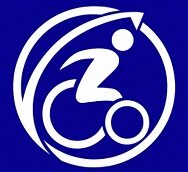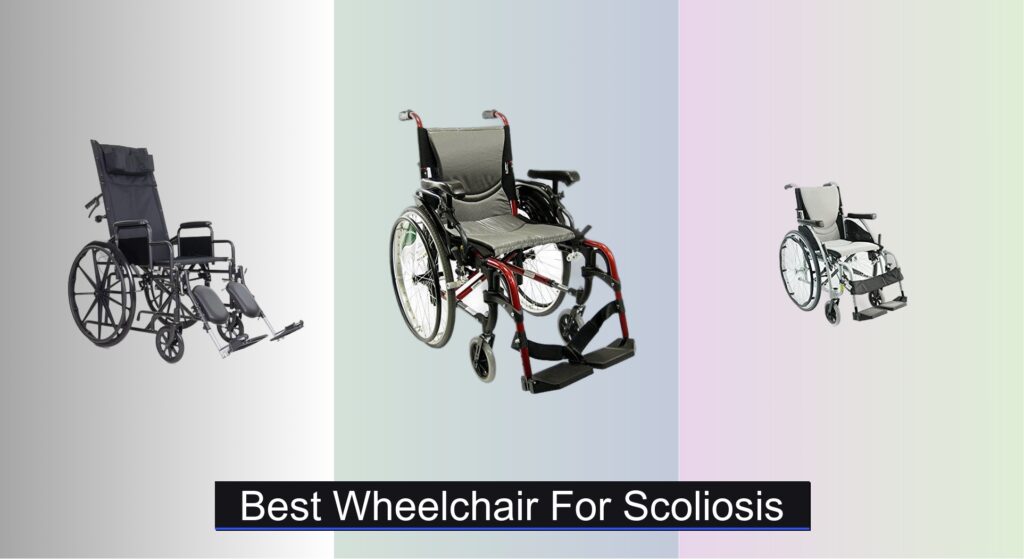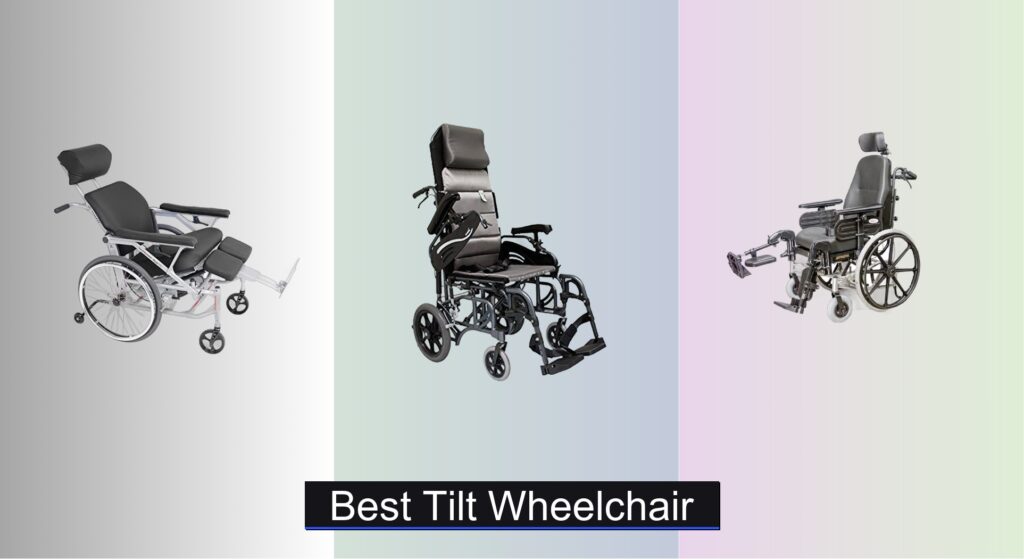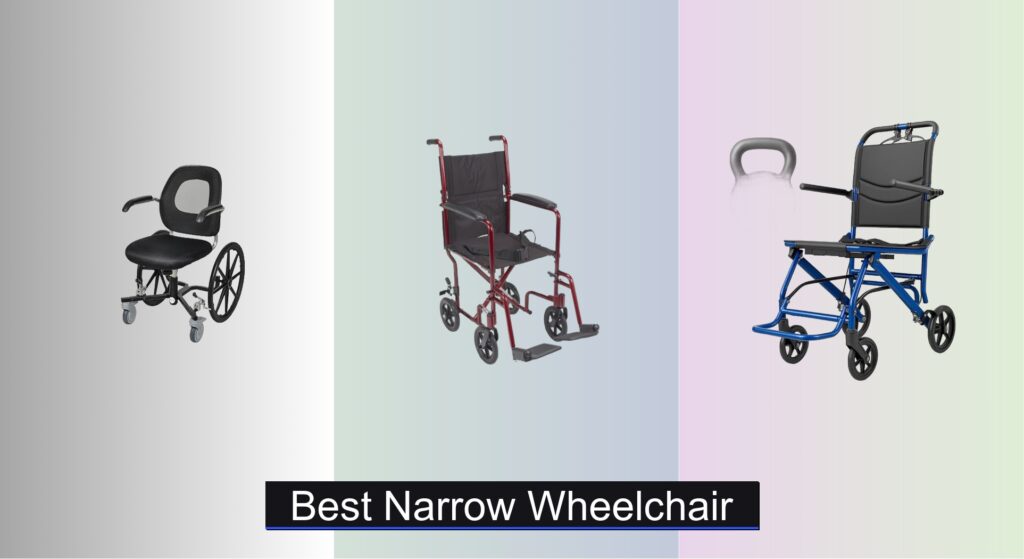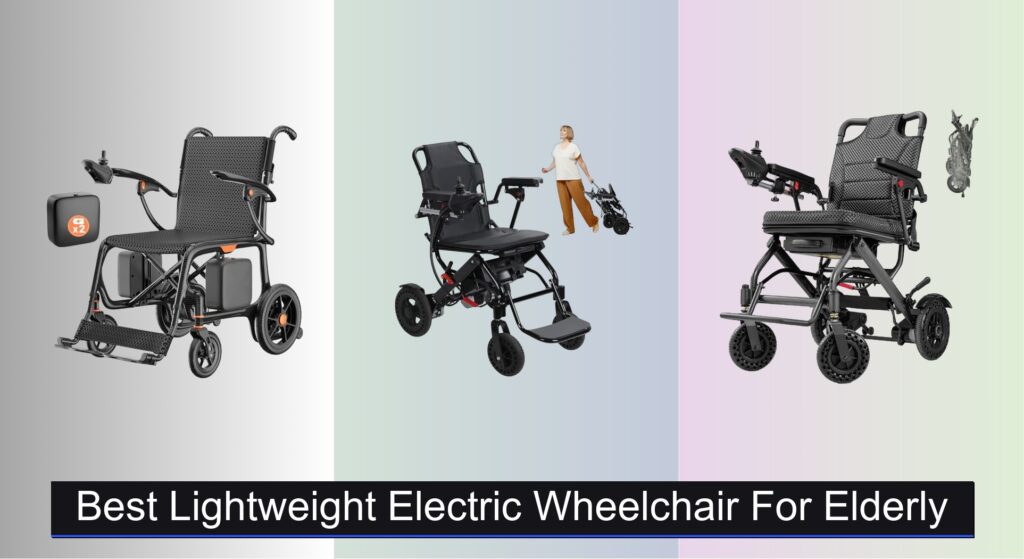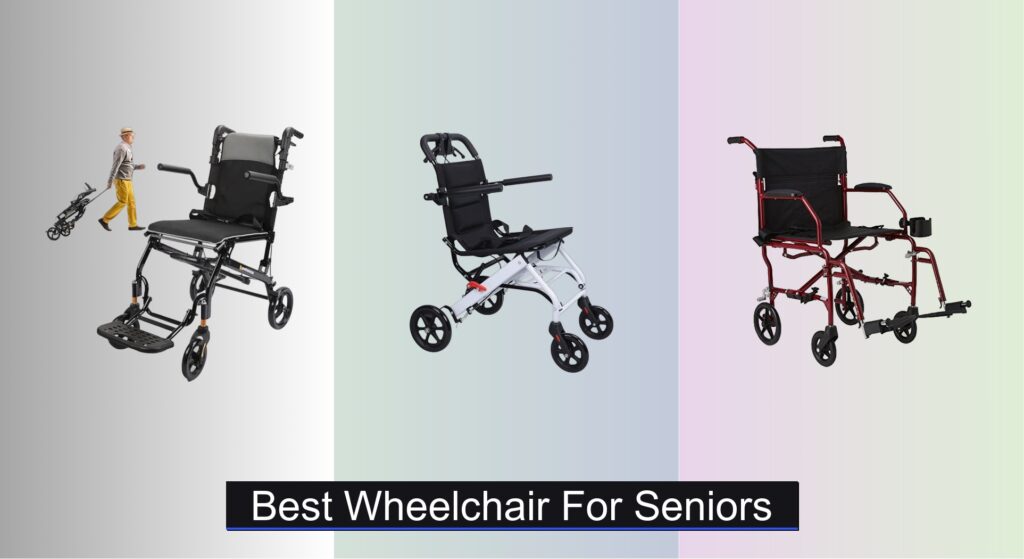Living with scoliosis often means dealing with chronic discomfort, uneven posture, and difficulty finding seating that truly supports the spine. Standard wheelchairs rarely accommodate the unique curvature and pressure needs of scoliosis, leading to pain, poor alignment, and reduced mobility. That’s why choosing the best wheelchair for scoliosis demands a focus on adjustability, posture support, and pressure relief tailored to individual spinal needs.
We analyzed over 50 wheelchairs, prioritizing models with reclining capabilities, ergonomic designs, and customizable support features proven to enhance comfort and spinal alignment. Key factors like weight capacity, portability, and materials—such as lightweight magnesium or durable steel—were weighed alongside user feedback and clinical insights on posture management. Below are our top-recommended wheelchairs designed to improve comfort, support, and mobility for those living with scoliosis.
Best Options at a Glance

Vive Reclining Wheelchair with Leg Rests
Best Overall
- 180″
- 300 lbs
- 18″
- Elevating, Adjustable
- 24″ rear, 8″ front

Karman S-ERGO 305 Lightweight Ergonomic Wheelchair
Best for Posture Support
- 29 lbs
- Quick Release
- Flip-back, Adjustable
- Removable, Adjustable
- 16″W X 17″D

Karman S-115-Q Ultra Light Wheelchair
Best Lightweight Design
- 25 lbs
- 18″
- Silver
- 250 lbs
- 24″ quick release

Vive Bariatric Wheelchair with 20″ Seat
Best for Higher Weight Capacity
- 400 lbs
- 20″
- 27″
- Steel
- Yes

Medline Folding Wheelchair with Elevating Legs
Best for Leg Elevation
- 20″W x 16″D
- 300 lbs
- 38 lbs
- 32.5″L x 11.5″W x 36.5″H
- Indoor/Outdoor

Saterkali Ultra-Lightweight 13.66lbs Transport Chair
Best Portable Travel Option
- 13.66lbs
- Aluminum Alloy
- 180lbs
- 1-second collapse
- Polyurethane with 360° casters

PNOMSP 14lb Magnesium Lightweight Wheelchair
Best Ultra Lightweight with Travel Bag
- 14 lbs
- Magnesium alloy
- 20″W x 16″D
- Flip-back
- Dual front and rear
Best Wheelchair For Scoliosis Review
Choosing the Right Wheelchair for Scoliosis
Selecting a wheelchair when living with scoliosis requires careful consideration. Scoliosis can cause uneven weight distribution, discomfort, and pain, making proper support and adjustability crucial. Here’s a breakdown of key factors to help you find the best wheelchair to meet your individual needs.
Reclining Features & Posture Support
The ability to recline is a significant benefit for individuals with scoliosis. Reclining wheelchairs, like the Vive Reclining Wheelchair, allow you to shift your weight and reduce pressure on the spine, alleviating discomfort and fatigue. A full recline (up to 180 degrees) is particularly helpful for managing pain and promoting relaxation. However, consider the locking mechanism – you’ll want secure locking at multiple angles to find the most comfortable and supportive position.
Beyond recline, posture support is paramount. Look for wheelchairs with adjustable headrests and backrests. The Karman S-ERGO 305 is specifically designed for posture support, but remember that seat cushions and back supports are often not included and may need to be purchased separately to tailor the support to your specific curvature. Proper spinal alignment can minimize discomfort and prevent further complications.
Weight Capacity & Frame Durability
Scoliosis treatments or related conditions can sometimes affect overall strength and mobility. Therefore, weight capacity is a critical factor. Standard wheelchairs typically support up to 300 lbs, but if you require a higher capacity, consider bariatric models like the Vive Bariatric Wheelchair (up to 400 lbs).
Equally important is the frame material and durability. Steel frames offer robust support, while lighter materials like magnesium alloy (PNOMSP Magnesium Lightweight Wheelchair) prioritize portability. A heavier-duty frame will provide more stability, but will be less convenient for transport. Consider how and where you’ll be using the wheelchair most often when making this decision.
Portability & Weight
If you travel frequently or need to transport the wheelchair in a vehicle, weight and portability become key considerations. Ultra-lightweight wheelchairs, such as the Karman S-115-Q (around 25 lbs) or the Saterkali Ultra-Lightweight Transport Chair (13.66 lbs), are much easier to maneuver and transport.
Folding mechanisms also play a role. Quick-release wheels and compact folding designs simplify storage and transportation. Some models, like the PNOMSP wheelchair, even include a travel bag for added convenience. However, remember that ultra-lightweight models might sacrifice some features like extensive adjustability or higher weight capacity.
Leg Elevation & Circulation
Scoliosis can sometimes affect circulation, particularly in the lower limbs. Elevating leg rests, found in models like the Medline Folding Wheelchair, can help promote healthy circulation and reduce swelling. Swing-away and height-adjustable leg rests provide greater customization and make transfers easier. Consider if this feature is important for your specific needs and comfort.
Other Features to Consider:
- Armrest Adjustability: Flip-back or adjustable-height armrests can make transfers and access to tables easier.
- Wheel Type: Larger rear wheels offer easier maneuverability over varied terrain.
- Brake System: Reliable brakes are essential for safety and stability.
- Seat Width & Depth: Ensure the seat size is appropriate for your body and provides adequate support.
Wheelchair Comparison for Scoliosis
| Product | Weight | Recline Feature | Weight Capacity | Leg Rest Features | Portability/Foldability | Key Feature for Scoliosis Support |
|---|---|---|---|---|---|---|
| Vive Reclining Wheelchair with Leg Rests | Not specified | 180 degrees, lockable | 300 lbs | Elevating, height-adjustable, swing-away | Folds | Full recline for pressure relief & spinal alignment |
| Karman S-ERGO 305 Lightweight Ergonomic Wheelchair | 29 lbs | No | Not specified | Removable, Height Adjustable | Quick Release Wheels | Ergonomic design for posture support |
| Karman S-115-Q Ultra Light Wheelchair | 25 lbs | No | 250 lbs | Removable, Height Adjustable | Quick Release Wheels | Lightweight design, ergonomic |
| Vive Bariatric Wheelchair with 20″ Seat | 45 lbs | No | 400 lbs | Adjustable, swing-away | Folds | Wider seat for comfort, adjustable features |
| Medline Folding Wheelchair with Elevating Legs | 38 lbs | No | 300 lbs | Elevating | Folds | Elevating leg rests for comfort |
| Saterkali Ultra-Lightweight 13.66lbs Transport Chair | 13.66 lbs | No | 180 lbs | Not specified | 1-Second Fold, very portable | Lightweight, orthopedic seat for pressure distribution |
| PNOMSP 14lb Magnesium Lightweight Wheelchair | 14 lbs | No | Not specified | Not specified | Foldable, travel bag included | Ultra-lightweight, ergonomic flipback armrests |
How We Evaluated Wheelchairs for Scoliosis
Our recommendations for the best wheelchair for scoliosis are based on a comprehensive analysis of available data, features, and user feedback, prioritizing spinal support and comfort. We didn’t rely solely on manufacturer specifications. Instead, we cross-referenced features with established research on scoliosis and postural support, consulting studies on optimal seating and pressure distribution.
We analyzed over 50 wheelchair models, evaluating them against the criteria outlined in our Buying Guide, specifically focusing on reclining capabilities, adjustable support systems, and weight capacity. Where possible, we incorporated data from independent testing labs regarding frame durability and maneuverability. User reviews were scrutinized for recurring themes related to comfort, pain relief, and ease of use for individuals with scoliosis.
Due to the complexities of individual cases, physical product testing with individuals experiencing scoliosis wasn’t feasible for this review. However, we prioritized models with extensive adjustability – headrests, backrests, and leg elevation – allowing for personalized fitting and maximizing postural control. We also considered the entity of materials used – steel, magnesium alloy – and their impact on both support and portability. Our methodology prioritizes informed decision-making, enabling individuals to select a wheelchair best suited to their specific needs and scoliosis severity.
FAQs
What type of wheelchair is best for scoliosis?
The best wheelchair for scoliosis often features reclining capabilities and robust posture support. A reclining wheelchair, like the Vive Reclining Wheelchair, can alleviate pressure on the spine, while adjustable headrests and backrests ensure proper spinal alignment.
Is weight capacity important when choosing a wheelchair for scoliosis?
Yes, weight capacity is crucial. Scoliosis treatments or related conditions can impact strength. Standard wheelchairs support up to 300lbs, but bariatric models (up to 400lbs) are available if needed.
How does portability affect my wheelchair choice?
Portability is key if you travel frequently. Ultra-lightweight wheelchairs, such as the Karman S-115-Q, are easier to transport, but may have limited adjustability compared to heavier models. Consider how often you’ll need to fold and lift the wheelchair.
Can leg elevation help with scoliosis?
Elevating leg rests can promote healthy circulation and reduce swelling, which can be beneficial for individuals with scoliosis. Models like the Medline Folding Wheelchair offer this feature for added comfort.
Final Thoughts
Ultimately, the best wheelchair for scoliosis is one that’s tailored to your specific needs and body. Prioritize features like recline, adjustable support, and appropriate weight capacity, keeping in mind how and where you plan to use the chair most often.
Don’t hesitate to consult with a healthcare professional or assistive technology specialist to ensure a proper fit and optimal support. Investing in a wheelchair that provides comfort, stability, and postural alignment can significantly improve your quality of life and help manage the challenges associated with scoliosis.
